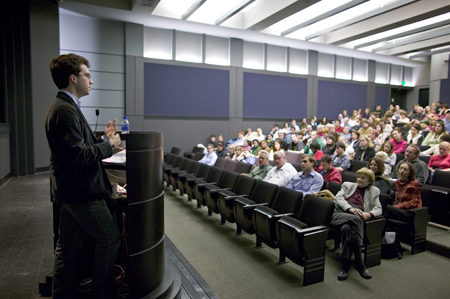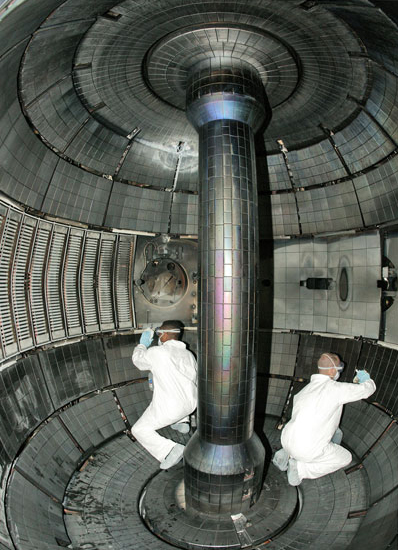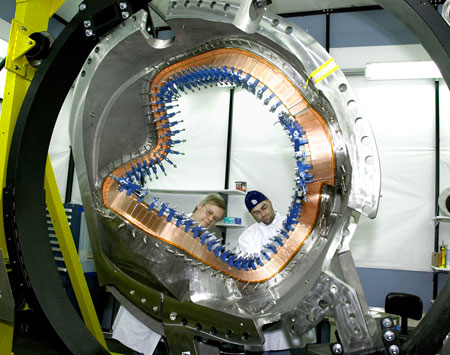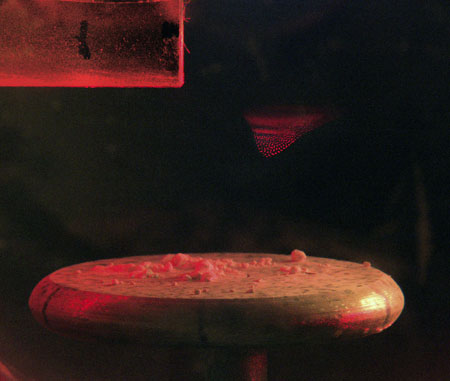
Acclaimed writer Jonathan Safran Foer ’99, whose novel Everything is Illuminated grew out of his Princeton creative writing thesis project, reads to an audience at 185 Nassau as part of the Althea Ward Clark W21 Reading Series.
The reading series has featured such past speakers as Paul Auster, Don DeLillo, Oscar Hijuelos, Jhumpa Lahiri, Haruki Murakami, and Salmon Rushdie. This Wednesday, April 30, will feature students from the Spring 2008 Program in Creative Writing, and next Wednesday and Thursday, May 6 and 7, creative writing senior thesis students will present their work.
Photo: Jon Roemer






